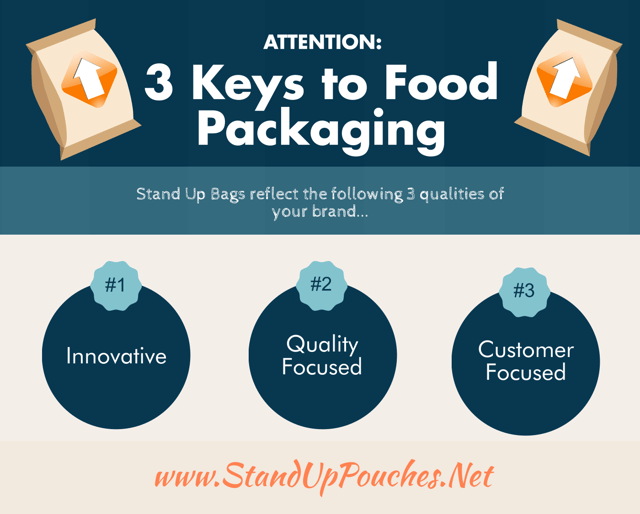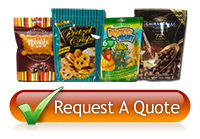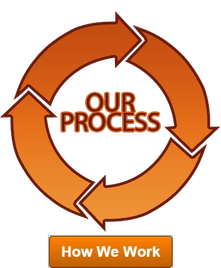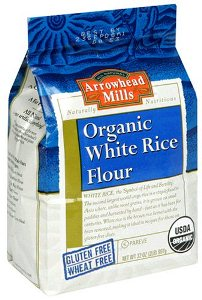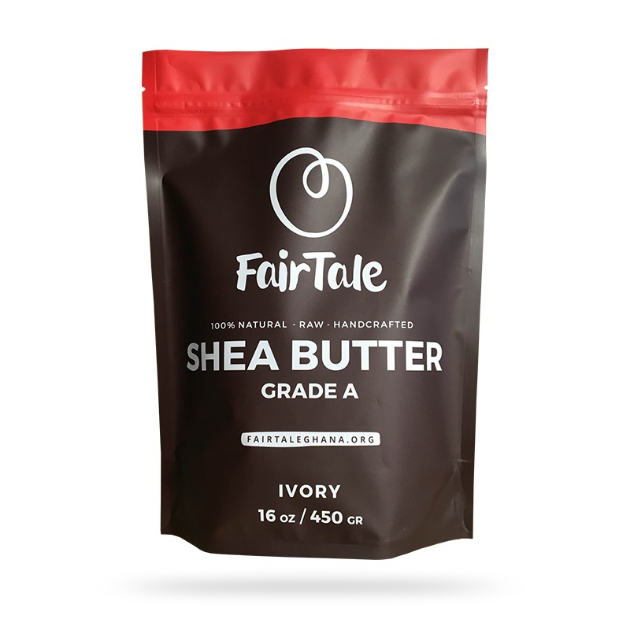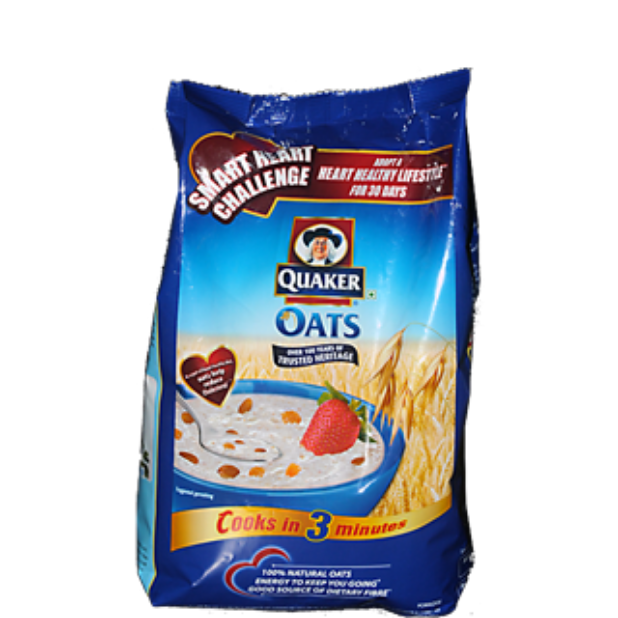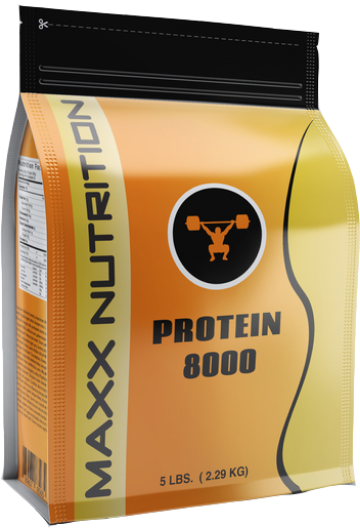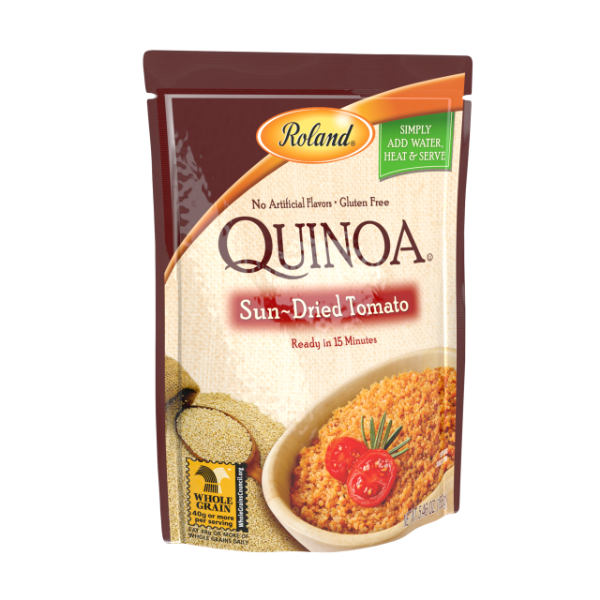Food marketing has come a long, long way. In the “old days” we didn’t have the massive grocery chains and club stores that forced food companies to constantly try to one-up their competitors for the coveted 3-5 second attention of a consumer walking down a store aisle. Now stores are bigger with more shelf space so each one has multiple brands of everything from soup mix to cereal and spices. Marketing these days is a battle and usually at the center of that battle is food packaging. It’s been said that packaging is the “voice” of your brand so it better resonate with Mr. or Mrs. Consumer in the split seconds you have their attention.
Food packaging really boils down to a few different categories. Sure there are different nuances and styles but we are talking about paper products such as boxes and folding cartons, rigid plastics such as tubs and canisters, glass items like bottles and jars, and flexible plastics such as stock stand up pouches and barrier bags for food. All of these have their advantages and disadvantages but there are distinctive keys or steps that need to be followed if you plan to win at the retail level. Your packaging needs to be:
- Innovative
- Quality Focused
- Customer Focused
Share this Image On Your Site
Food marketing, as mentioned earlier, can be brutal and should not be taken lightly or assumed that your customers will “get it” and understand your brand promise and what separates your product from others like it. Companies pay millions of dollars each year to come up with innovative designs and styles that are different and unique in the hopes that they’ll get noticed and at least get a chance for the almighty retail dollar. Some important things to keep in mind regarding innovation and marketing…consider slight nuances and changes to existing popular packaging styles instead of reinventing something completely from scratch (unless you have deep pockets and an unlimited budget). For example, changing from a rigid plastic container to custom printed barrier bags for food could show advancement while at the same time reduce your shipping, inventory, and carrying costs. Eliminating glass jars and bottles for a thinner plastic container that not only is less expensive but is easier to stock and takes up less room on a store shelf is another. Using a flexible box bag instead of a folding carton or a corrugated box will not only save a ton of money but have way more shelf appeal.
The second key of food marketing 101 is being quality focused. Everyone talks about having great quality but for most that’s all it is, talk. They’ll claim that quality costs too much money or that they don’t understand what constitutes quality but in reality, all of them are excuses. One great way to not only show quality but produce and maintain it is through packaging. Certain types of packaging are better positioned than others. Traditional boxes and folding cartons with cheap inner liners are old school and frankly show a minimal attempt at quality. Plastic tubs and canisters take up a ton of room and don’t really provide higher levels of quality. However, there is one type of packaging that really stands out over the others and that involves stand up barrier bags for food.
Stand up barrier bags for food such as stand up pouches, box pouches, or even spouted bags for liquids are made from scientifically engineered barrier films that are laminated together to create barrier properties that not only protect the contents from puncture but moisture, vapor, odor, and even UV rays. Each layer of barrier bag serves a particular purpose, including the printed layer, and this style of protective packaging far and away outshines any other in terms of being quality focused.
The 3rd key of marketing food is being customer focused. Every company needs to really look if their packaging is geared to their target clients. Is it convenient, easy to open or close and seal, stand, lay flat or store in a cupboard? Is their packaging lightweight and durable or is it big and bulky and fragile? The point I’m trying to make is has a concerted effort been made to put the customer first and think about how they will use and consume your product?
As described in the other 2 keys for marketing food, barrier bags really stand out among the other types of packaging in the food industry. Barrier bags for food have multiple features that offer convenience to the end user. There are tear notches for easy opening, and even hang holes and gas release valves. The point is, each of these features truly shows that an effort has been made to be customer focused. With the ability to monitor and review consumer feelings via social media about items such as environmental impact, a strong case again can be made that barrier bags for food far outperform other types of food packaging as they are recyclable and once again landfill friendly.
In closing, food marketing requires an effort to understand your customer, what they want and need while at the same time protecting your product so it has the flavor and texture you intended. These 3 keys have a heavy emphasis on food packaging and the best brands implement all of these keys simultaneously. If you want your product to compete and win at retail, you would be wise to focus on and mimic what the best brands do. Remember, it’s your product, package it properly.

